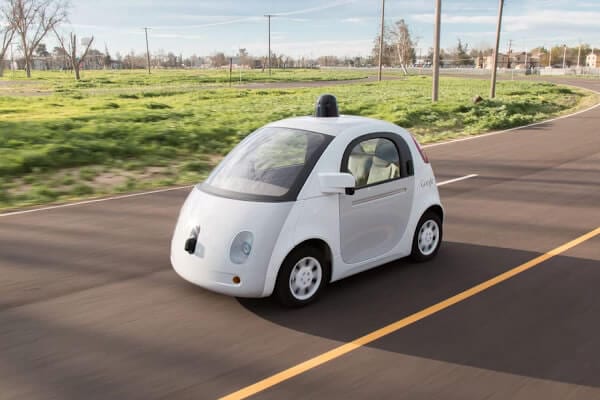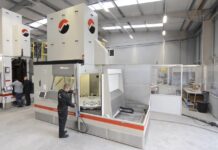Google Inc (NASDAQ:GOOGL) (NASDAQ:GOOG) has built an innovative car that has no steering wheel, no accelerator and no brake pedals. This is a car that is self-driven and has been built by Google from scratch. This is a two-seater toy-like concept vehicle, which has a screen that displays the route. Vehicle location and surrounding can be determined by the computer and the path several hundred meters ahead can be seen, as informed by Google.
Google aims to make more safer cars
At the Recode Code Conference in Palos Verdes, California, the CEO Sergey Brin of Google Inc (NASDAQ:GOOGL) (NASDAQ:GOOG) in an onstage interview on Tuesday unveiled a two-seater prototype of the vehicle. The Google prototype does not use the car controls presently used for maneuvering the vehicle through obstacles and hindrances, but depends on a software system and built-in-sensors.
“We took a look from the ground up of what a self-driving car would look like,” Brin said.
Brin informed that the company aims at making the self-driving cars significantly safer than the cars driven by humans through this project. At present, the cars can achieve a maximum speed of 25 miles per hour and therefore the time for reacting to obstacles is also higher. During testing, no crashes were experienced by the project.
Google Inc (NASDAQ:GOOGL) (NASDAQ:GOOG) has sought to bring an end to human driving errors through its very ambitious project of ‘self-driven’ cars, and ‘software’ is the solution to the human errors. Google has been working on this car since 2009 and it is expected that between 2017 and 2025, it will be available for public usage.
Topographical maps a big positive
Google’s Self-Driving Car Project team demonstrated, earlier this month, the dependence of the vehicle on topographical maps by Google Inc (NASDAQ:GOOGL) (NASDAQ:GOOG), and this clearly laid out the expectations. The Google maps have been well designed including even the height of the traffic signals above the street, the placement of stop signs and crosswalks, the depth of the sidewalk curb, the width of the lanes, and can differentiate lane markings from white and dashed to double-yellow.
There are few objects on the road that are not on the map, and at times the system’s response to these is very crucial. The vehicles response to these has improved over time as announced by the company last month. Few circumstances handled well by the self-driven cars are railroad crossings, bicyclists signaling to move across a lane of traffic and parked cars protruding into the lane of traffic.









